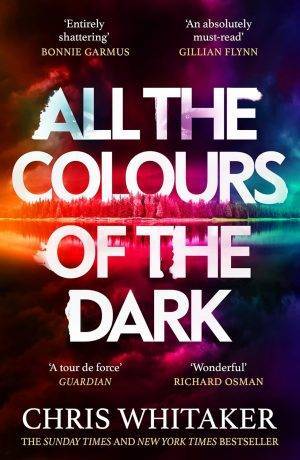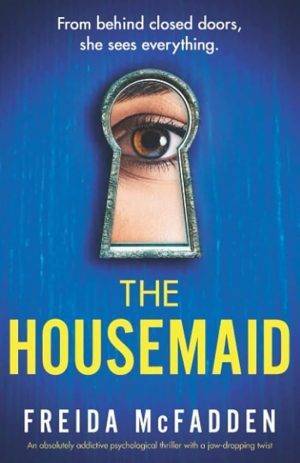Fiction as a literary form is constantly evolving, shaped by the cultural and social landscape in which it exists. Over the past two decades, noticeable shifts in genre popularity have reflected changing reader interests and broader trends in media and entertainment.
Speculative genres such as science fiction, dystopian fiction, and fantasy have seen sustained interest, particularly among younger readers. These genres allow for the exploration of imagined worlds, alternative futures, and complex ethical questions. Events in global society often influence the themes within these stories, from environmental concerns to political uncertainty.
Meanwhile, crime fiction, thrillers, and mysteries continue to attract a wide readership. Their structured narratives and focus on investigation and resolution appeal to those who enjoy logical progression and suspense. Romance remains a widely read genre as well, with sub-genres expanding to include historical, contemporary, and thematic crossovers.
More recently, a growing trend is the blending of genres to form hybrid narratives. For example, a novel may combine elements of historical fiction and fantasy, or weave together romance and social commentary. This blending reflects an interest in complexity and variety, as well as a desire for stories that defy conventional categorization.
Another notable shift involves the rise of character-driven narratives and themes grounded in identity, community, and transformation. While plot remains important, many readers are drawn to stories that center around internal change or interpersonal dynamics. This development aligns with a broader emphasis on personal and social exploration in literature.
Reader preferences are not static; they fluctuate over time and are influenced by cultural dialogue, media adaptations, and educational trends. Tracking these changes helps publishers and authors align their work with the interests of different reading communities. For readers, the evolving landscape offers a richer and more diverse array of narratives to choose from—each shaped by the time and context in which it was written.




